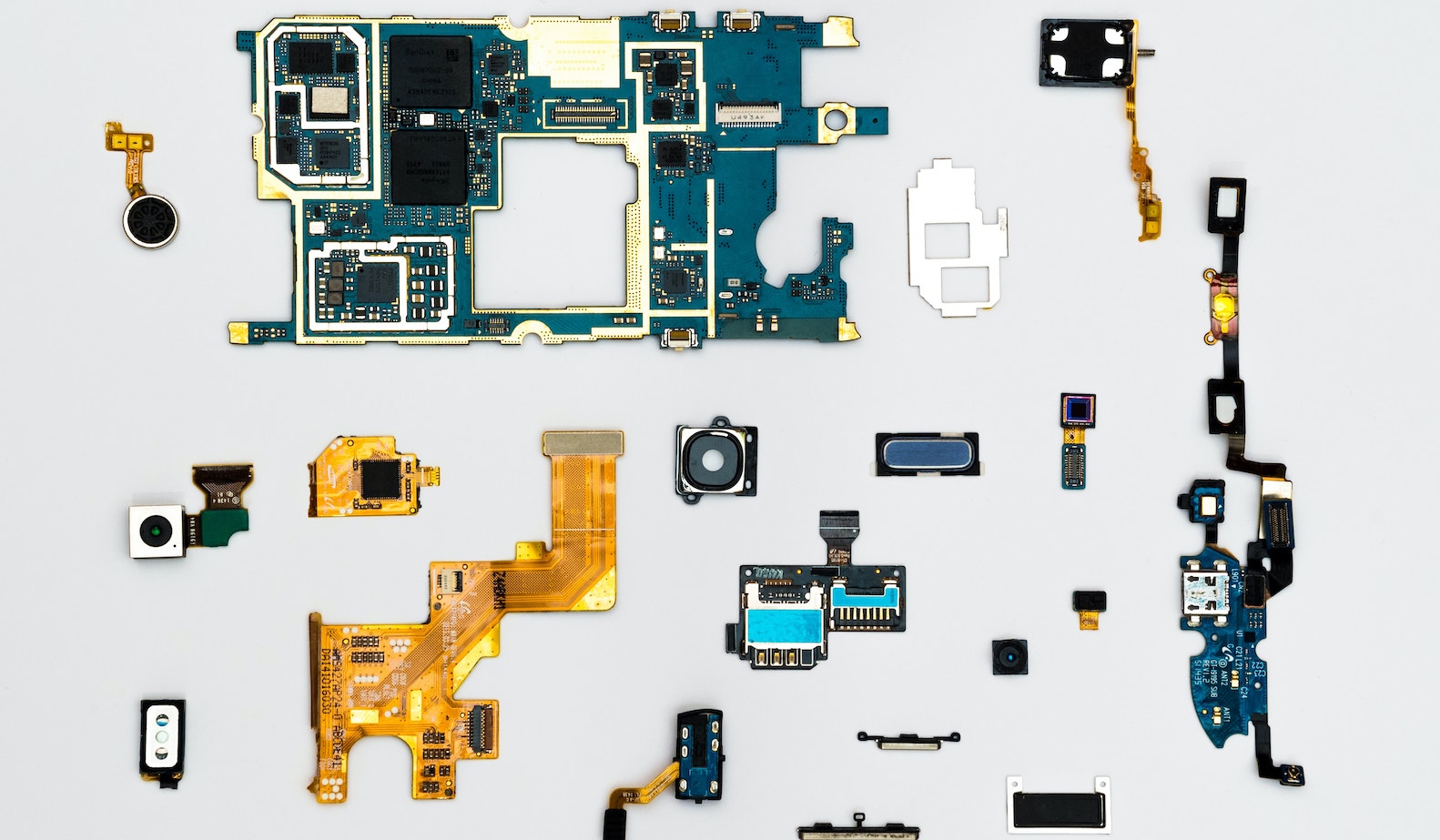The global insurance industry is making a slow but remarkable recovery from the COVID-19 pandemic. 2022 is expected to continue this momentum, facilitated by trends in insurance technology that will dominate in the years to come. Let's review.
Applied Artificial Intelligence
At present, very few insurance carriers are harnessing AI to its full potential. Regardless, the pockets where insurers have been successful in implementing AI have raked in significant ROI in various forms. For instance, 65% of insurance agencies believe that AI investments in customer experience (CX) have lived up to expectations. 49% believe that improvements in internal decision-making have likewise met expectations, and 45% say the same about innovation in products and services.
As technology matures, AI is bound to diversify and find deeper and more meaningful applications to augment business capabilities. As a result, it will continue to reengineer algorithms and core processes to make insurance more predictive and intuitive. So, whether businesses are looking to tailor their services or predict the risk or probability of an event, AI solutions can step right in and bridge projections with reality.
Process Automation and Virtualization
Robotic process automation (RPA), as we know it today, has evolved from a series of technologies such as industrial bots to machine language-driven assistants. Currently, these operate as low-code, rule-based bots targeted to perform routine, repetitive tasks.
These bots can integrate seamlessly with legacy systems and streamline everyday business processes. To achieve the latter, RPA can complement any individualistic element of insurance business operation, such as underwriting, policy management, claims and regulatory compliance. Alternatively, it can spearhead end-to-end process automation requiring minimal human intervention.
By patching together isolated systems and optimizing business processes, insurance agencies can foster efficiency at the grassroots level. Plus, RPA executes change in minimal time, which generates immediate value and holds a certain amount of elasticity even in the face of disruption.
See also: Workers Comp Trends for Technology in 2021
Blockchain and Distributed Ledger
Insurance technology expands its reach to subsume cybersecurity through the introduction of blockchain and distributed ledger technology (DLT) to cater to trends in insurance technology. While the technologies are still up for debate to some extent, blockchain and DLT introduce greater security, transparency and immutability to operations.
Insurance service providers can use blockchain technology to cut down on administrative costs, verify payments made by third parties and install a layer of protection from fraud. DLT can also come in handy while implementing traceability for quick audits and inspections.
According to a survey conducted by MarketsandMarkets, insurers plan to deploy such solutions primarily for:
- Identity management and fraud detection
- Smart contracts
- Payments
- Governance, risk and compliance management
- Claim managements
Mobility Solutions
Insurance tech gives birth to a distributed infrastructure having a centralized database. And as companies are no longer chained to their on-premise equipment or technology, they can finally explore flexible, mobile, and next-generation options.
In this respect, cloud architecture will play a greater role in maintaining information accessibility with a high degree of modularity, as expected from such applications. In addition to centralizing data, insurers can launch agile products and maintain computational and operational scalability.
Mobile apps will break new ground in improving CX by offering a bouquet of services -- from policy management to claims settlement -- at the customer’s fingertips. Nearly 74% of insurers are banking on mobile app-driven convenience to ramp up customer satisfaction levels, partly by making it easy for customers to contact insurers. Such apps will unlock multiple channels and entry points for data collection, which will enrich the database.
Connected Networks
The future points toward greater connectivity that goes beyond smartphones. Whether you view it from the smart home/smart devices angle or consider the case of telematics, the key piece to the puzzle lies in connected networks. As such, the Internet of Things (IoT) will continue to remain one of the most prominent trends in insurance technology.
Insurance companies, across varying segments like life, auto, health and P&C, can harness first-hand data obtained from such networks to gain a holistic understanding of the insureds. Businesses would be laying the foundation for greater customer satisfaction, improved accuracy, better risk assessment and several other non-tangible benefits, in addition to the most obvious and quantifiable metric-- revenue.
See also: Technology and the Agent of the Future
Closing Thoughts
For 2022, we can expect the continued upswing of insurance technology, influencing core products, services and functions.








